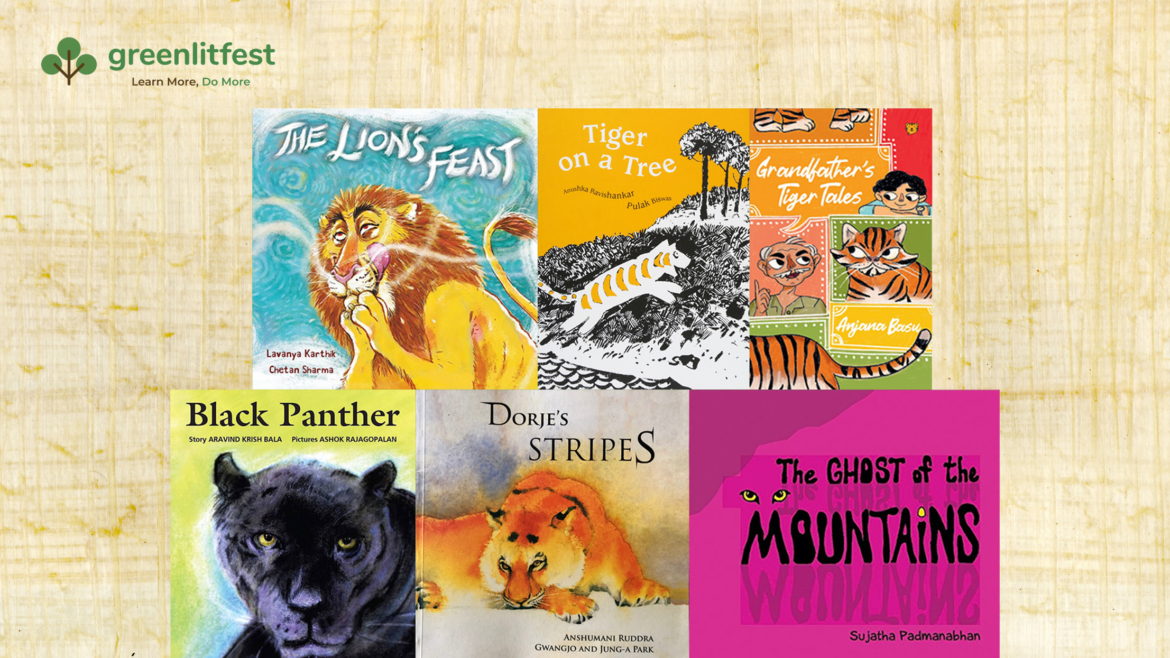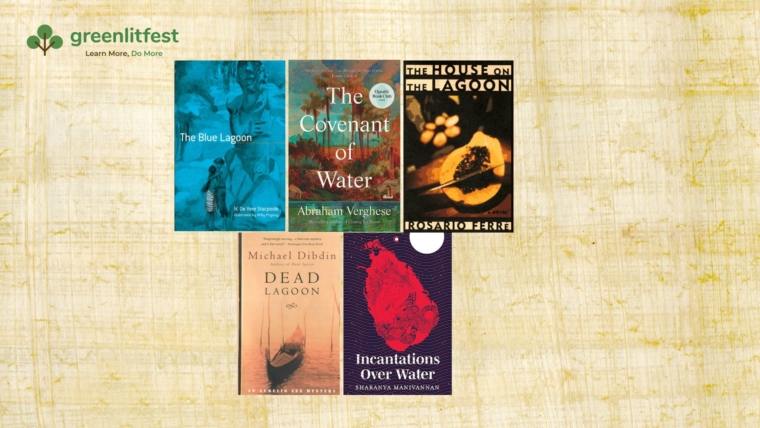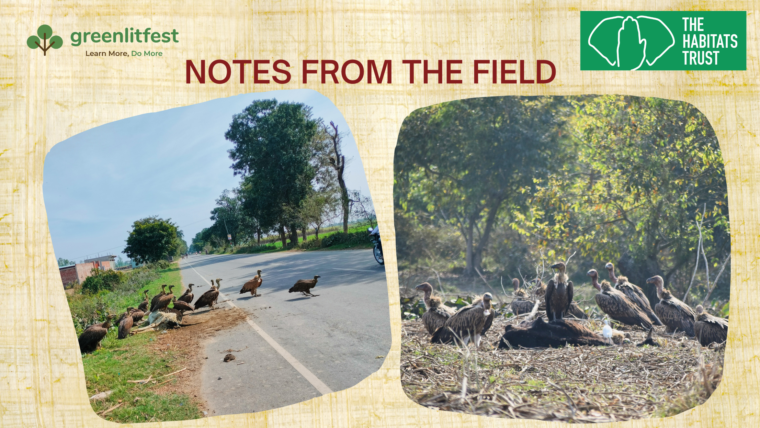With inputs from Meghaa Gupta
Out of the 38 cat species across the planet, only six have the distinction of being called ‘big cats’: lions, tigers, leopards, snow leopards, jaguars and cheetahs. While they may look like oversized kitty cats, one of the main differences, other than size, between big cats and their smaller cousins is the noises they make. All the big cats, with the exception of the cheetah and snow leopard, roar. Big mighty roars that inspire fear and awe. Others purr.
Feared and revered, big cats have long captured human imagination, enriching language with proverbs, metaphors, idioms inspired by their form and features. ‘Lion’s share’, ‘lion-hearted’, ‘eye of the tiger’, ‘to catch a tiger by its tail’, ‘toothless tiger’, ‘a leopard never changes its spots’… one doesn’t need to look far.
Indian children’s literature too, abounds in stories about big cats, particularly tigers. Who can forget Shere Khan, the malevolent royal Bengal tiger from Rudyard Kipling’s The Jungle Book. All his plots were thwarted by the wise and calm Bagheera, a black panther with a sleek coat and intense green eyes. Similarly, the Sundarbans have long echoed the legend of Dokkhin Rai, a half-tiger, half-human, man-eating monster. The narrative on big cats, however, has gradually moved away from featuring them as antagonists.
Realistic Portrayals
All the big cats are on the threatened or endangered list. In the past, trophy hunting caused a huge decrease in numbers. Today, these animals continue to be poached for their various body parts which are used in ‘folk medicine’ or as talismans. In addition to this, increasing human populations encroach on their habitat. This infringement on their hunting grounds forces the animals to wander into human areas and attack livestock, resulting in retaliatory killings that further endanger them. Given these concerns, recent writing has focused on more realistic portrayals of big cats, particularly human-animal interaction.
The Ghost of the Mountains highlights the elusive snow leopard in its natural home, and the dilemma of the villagers who have long revered it, but are angered when they face the loss of their livestock. The pacy plots in Deepak Dalal’s Ranthambore Adventure and The Snow Leopard Adventure and Anjana Basu’s Jim Corbett series – Hide & Seek Tiger, In the Shadow of the Leaves and Eighteen Tides and a Tiger – take readers on adventures that highlight the dangers these animals face within their habitats.
The idea of peaceful co-existence is omnipresent. Tiger on a Tree raises the question ‘what do we do with a tiger when we catch one?’ in Seuss-like rhythm. The answer? Set it free, of course! In Dorje’s Stripes, a gentle-hearted monk tries to understand the secret behind why a royal Bengal tiger is missing its stripes. Yangdol and Our Encounter with a Snow Leopard share the lives of shepherd communities in Ladakh who have learned to live alongside this elusive predator. Peaceful co-existence is also an overriding theme of the non-fiction anthology A Tigress Called Machhli and Other True Animal Stories from India.
Very often, stories on big cats highlight wildlife reserves that have been central to conservation initiatives. Sultan’s Forest introduces readers to the tiger cub Sultan, his life in the Ranthambore tiger reserve and his special friendship with ‘Junglee Bina’, who loves the jungle, and wanders there on her own for hours, taking photographs that lace the narrative. Our Tigers Return – The Story of the Panna Tiger Reserve (2009-2015) is a true story of the revival of tiger numbers at the Panna Tiger Reserve. In Black Panther, two friends perched on a treetop wait to sight a tiger at the Parambikulam reserve forest in Kerala. During the wait, one of the friends, who is an Irula tribesman narrates the story of his encounter with a black panther in Anamalais. The story brings to life this secretive, shy big cat, eliciting a sense of wonder and curiosity with a tiny dose of fear. Tiger, Tiger, Where are You? is a guide on the little signs that help us know that a tiger is around.
Fun with Fiction
Anthropomorphised big cats are ubiquitous in fiction, as is humour. What happens when the king of the jungle is a gentle lion who spends all his time eating, sleeping and snoring? Snoring Shanmugam is a hilarious tale of sleepy ‘disorder’.
Stories on big cats often elicit humour by placing the animals in inconceivable ‘social’ situations. Lion Goes for a Haircut puts a lion in a barber shop, wanting to trim its mane. Leopard in Mumbai is a richly-illustrated, riotous narrative of a leopard on its maiden tourist adventure, where it bites into vada pav, takes a drive through the Bandra-Worli Sea Link and makes a photo stop at Haji Ali Dargah!
Hospitality goes horribly askew in The Lion’s Feast, after an old couple invite a ravenous lion for dinner. In Grandfather’s Tiger Tales, an indulgent grandfather cooks up three inventive stories featuring tigers, including one where the animal invites itself to a cricket match, scaring the sahibs and their begums! Tigers for Dinner: Tall Tales by Jim Corbett’s Khansama is a Ruskin Bond classic about a particularly imaginative cook, who regales the young Bond with his ‘wild’ stories. Not surprisingly, the first of these uproarious tall tales is about a man-eating tiger who came looking for him.
While humour may undoubtedly be the weapon of choice, there are enough stories for young readers who revel in darker adventures. The Tigers of Taboo Valley sees Rana Shaan-Bahadur, an alpha-male tiger, grapple with single parenthood, a deadly poacher and a porcupine terrorist group when he moves with his cubs to an abandoned area inside the Sher-Kila National Park. In The Tiger, the Bear and the Battle for Mahovann, the forest descends into a dark age when the old tiger king sends his trusted friend and lieutenant Bhairav, the bear, to prison, unleashing a saga of revenge and justice in the animal kingdom.
Parting Note
There is no dearth of stories on big cats for young readers in India, although the number of books on tigers is disproportionately higher. Unfortunately, outside the pages of these books, these creatures face an uncertain future, threatened by humankind. Our greatest hope is that literature will open out the lives of the big cats to readers and inspire an understanding that will lead to responsible decisions and a safer future for these animals.
JoAnne Saldanha is a Story Educator and Library Educator, connecting books and oral stories to topics in the curriculum, popular culture, current affairs, social justice issues, environment issues and social emotional learning.
Meghaa Gupta is heads the Children and Youth Programme at the Greenlitfest and curates a certificate programme in nature writing for new writers at Azim Premji University
Tigers:
- One Lonely Tiger by Benita Sen and Sekhar Mukherjee (Penguin)
- Dorje’s Stripes by Anshumani Rudra, Gwangjo and Jung-a Park (Karadi Tales)
- In Bon Bibi’s Forest by Sandhya Rao and Proiti Roy (Tulika Books)
- Watch out! Tiger is here! by Sejal Mehta and Rohan Chakravarty (Pratham)
- Tiger, Tiger, Where Are You? by Mujahid Khan and Manjari Chakravarti (Pratham)
- Tiger on a Tree by Anushka Ravishankar and Pulak Biswas (Tara Books)
- When I Grow Up I Want To Be A Tiger by Prerna Singh Bindra and Maya Ramaswamy (Talking Cub)
- Where has Tiger gone? by Dhavat Singh Uikey (Tara Books)
- Our Tigers Return by Peeyush Sekhsaria (Last Wilderness)
- The Day Grandfather Tickled a Tiger by Ruskin Bond (Penguin Random House)
- Ranthambore Adventure by Deepak Dalal (Penguin)
- The Tiger, the Bear and the Battle for Mahovann by Akshay Manvani (Red Panda)
- Grandfather’s Tiger Tales by Anjana Basu (Talking Cub)
- The Tigers of Taboo Valley by Ranjit Lal (Red Turtle)
- Hide & Seek Tiger by Anjana Basu (TERI Press)
- In the Shadow of Leaves by Anjana Basu (TERI Press)
- Eighteen Tides and a Tiger by Anjana Basu (TERI Press)
LIONS:
- The Lion’s Feast by Lavanya Karthik and Chetan Sharma (Karadi Tales)
- Snoring Shanmugam by Radhika Chaddha and Priya Kuriyan (Tulika Books)
- Lion goes for a Haircut by Swati Shome and Sayan Mukherjee (Tulika Books)
- Watch out/Savdhan by Shamim Padamsee and Ajanta Guhatakurta (Tulika Books)
LEOPARDS:
- Leopard in Mumbai by Lubaina Bandukwala and Allen Shaw (Karadi Tales)
- There’s a Leopard in My House by Vaishali Shroff and Urvashi Dubey (Daffodil Lane)
- Black Panther by Aravind Krish Bala and Ashok Rajagopalan (Tulika Books)
SNOW LEOPARD:
- The Snow Leopard Adventure by Deepak Dalal (Penguin)
- The Ghost of the Mountains by Sujatha Padmanabhan, illustrated by Madhuvanthi Anantharajan (Kalpavriksh)
- Our Encounter with a Snow Leopard by Sherab Lobzang, illustrated by Tanushree Roy Paul (Pratham)
- Yangdol by Pankaj Singh, illustrated by Athulya Pillai
STORY COLLECTIONS featuring stories of big cats:
- A Tigress called Machhli and other True Animal Stories from India by Supriya Sehgal (Hachette)
- Panther’s Moon and Other Stories by Ruskin Bond (Puffin)
- The Jungle Omnibus by Ruskin Bond (Rupa)



